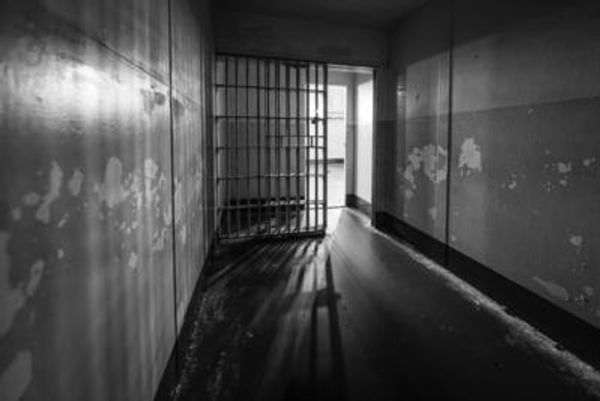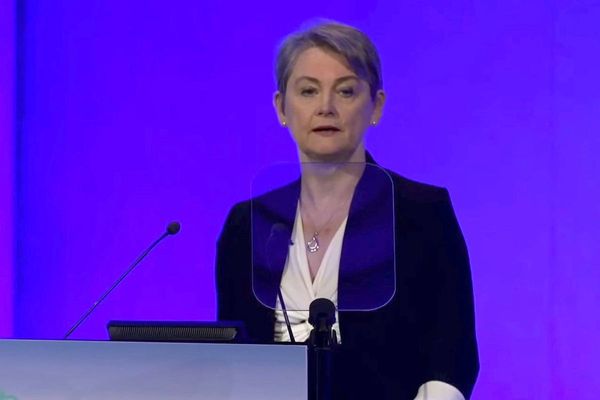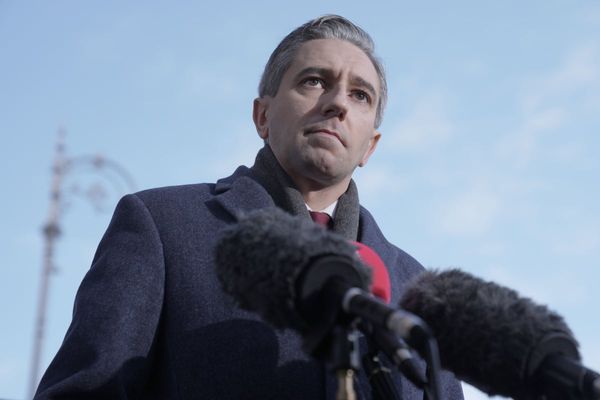
Indian Prime Minister Narendra Modi has outlined his party's election strategy, vowing to focus on boosting social spending, developing infrastructure, and positioning India as a global manufacturing hub. The Bharatiya Janata Party, led by Modi, aims to secure a third consecutive term in the upcoming general election in the world's largest democracy.
Modi highlighted the government's commitment to expanding social programs, including providing free homes for the poor, healthcare, cooking gas, and free grain. He also emphasized the success of his administration's policies in lifting 250 million people out of poverty since assuming office in 2014.
The BJP's president, J.P. Nadda, pointed out that less than 1% of the Indian population now lives in extreme poverty, reflecting the party's efforts to address economic disparities.
The general election in India will be held in multiple phases, starting on April 19 and concluding on June 1, with results expected to be announced on June 4. While most polls predict a victory for Modi and the BJP, the opposition Congress Party has raised concerns about the government's impact on democracy and its alleged favoritism towards the wealthy.














Modi's campaign focuses on ambitious economic goals, aiming to grow India's economy to $5 trillion by 2027 and achieve developed country status by 2047. He has pledged to promote key industries such as pharmaceuticals, energy, semiconductors, and tourism, while also prioritizing infrastructure modernization in areas like railways, airways, and waterways.
The Prime Minister has promised to create more job opportunities for young people and facilitate access to affordable loans for aspiring entrepreneurs. Despite criticism from some quarters, Modi remains popular in India for his pro-Hindu stance and economic achievements.
However, detractors argue that a prolonged BJP rule could threaten India's secular and democratic values, citing instances of religious violence and restrictions on dissent during the party's tenure.







